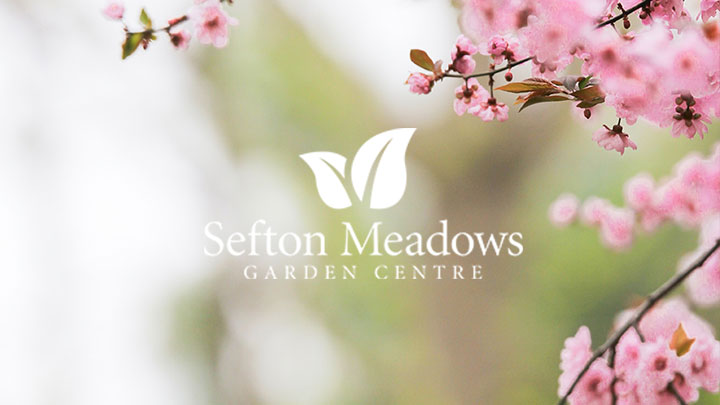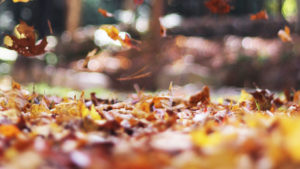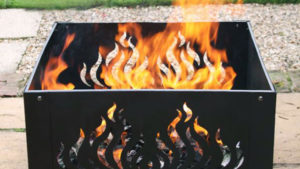It may seem like an age away, especially with the recent summer revival, but before we know it, late summer is going to turn into early autumn. With this in mind, try not see it as opportunity to down tools after long hard season of gardening graft, but as an opportunity to prepare for winter and even next spring.
There’s still plenty to do out in the garden at this time of the year, but if you’re pushed for time, here’s five of the most important jobs . . .
Spring-flowering bulbs
Believe it or not, autumn is actually the best time to plant your spring-flowering bulbs, even though we haven’t reached November yet. By planting at this time of the year, you’ll allow for the production of new roots before the onset of colder temperatures and ground frost. The only exception are tulips, which can be planted as late as early winter.
Feed the lawn
Even after a somewhat mildly moist August, it’s always beneficial to give your lawn some tender, love and care as we approach the colder months. Aim to remove moss by raking and add further drainage to those areas that took a pounding at your last BBQ. Lastly, use a specifically designed autumn lawn feed that is high in phosphates to help grass seed develop stronger roots. Just wait until the heavens have opened before tackling your lawn.
Compost your leaves
When, in the words of The Mamas & The Papas that ‘all the leaves are brown’, don’t just bag up and dispose of them. Instead, grab yourself a compost bin and separate the leaves into mulch and compost. Okay, it’ll take some time and patience, but you’ll be saving yourself money and effort in the long run. Oh, and just think of the nutrients that you’ll be providing to your soil!
Prepare for winter
Prune hedges, tidy borders and keep a close eye on those tender plants, as you should be prepared to bring under cover before the first frost. At the same time, give the greenhouse a quick once over, as bringing plants into a greenhouse that resembles a sieve will just be a wasted effort.
Pond Life
Finally, if you’re a pond owner then it’s always great to take precautions as we plough headlong through autumn and into winter. Use netting to limit leaf drop, as well as adding a polystyrene float to ensure airflow if the pond does freeze over. Aim to limit nitrogen levels in the water by cutting back aquatic plant life and keeping a close eye on debris in the pond.



